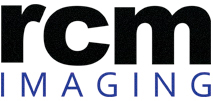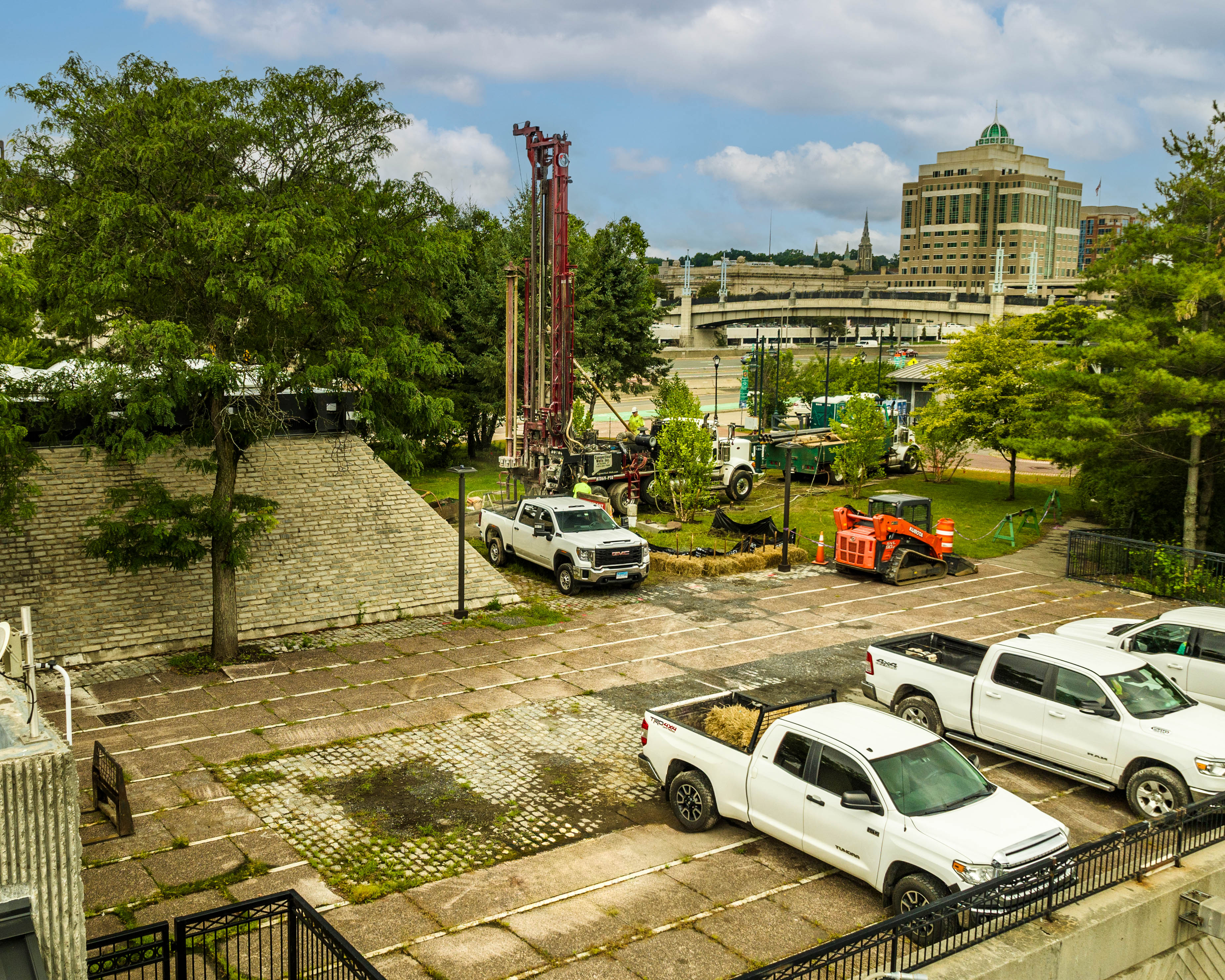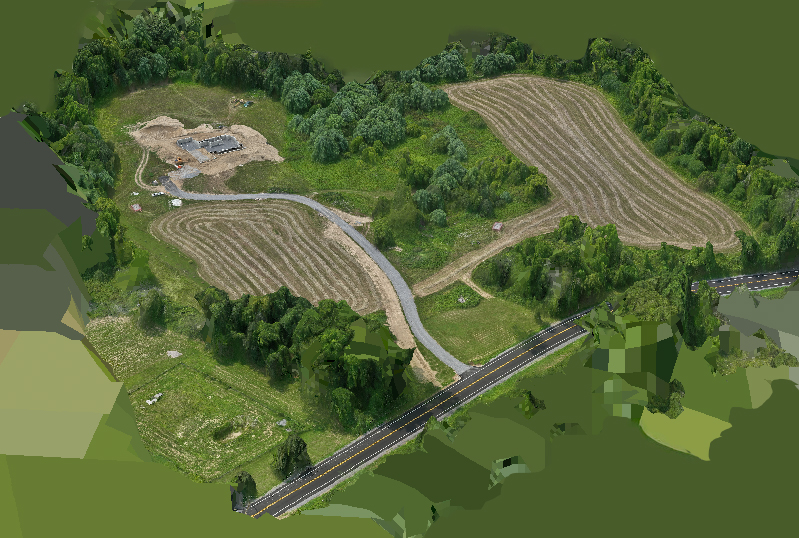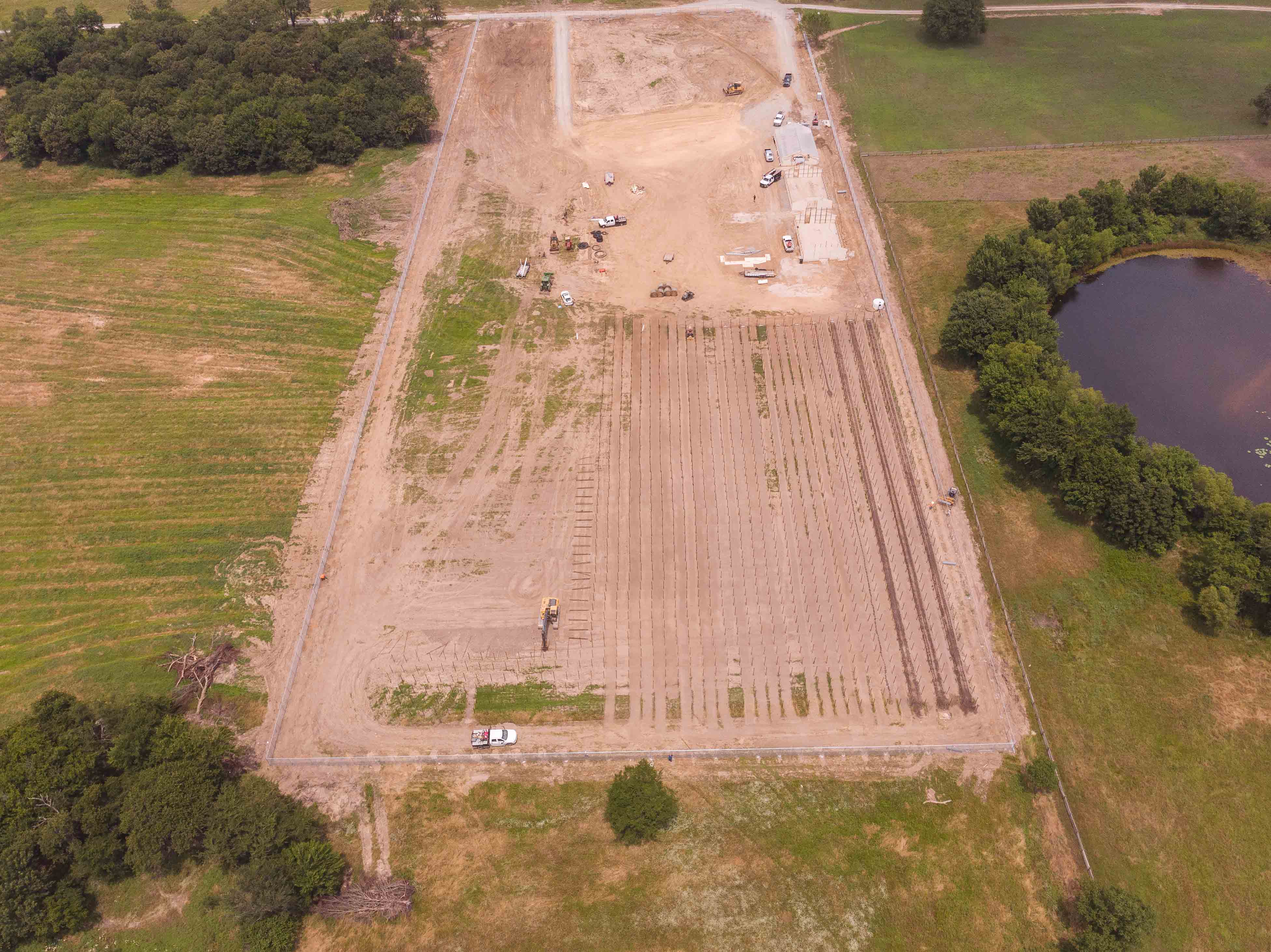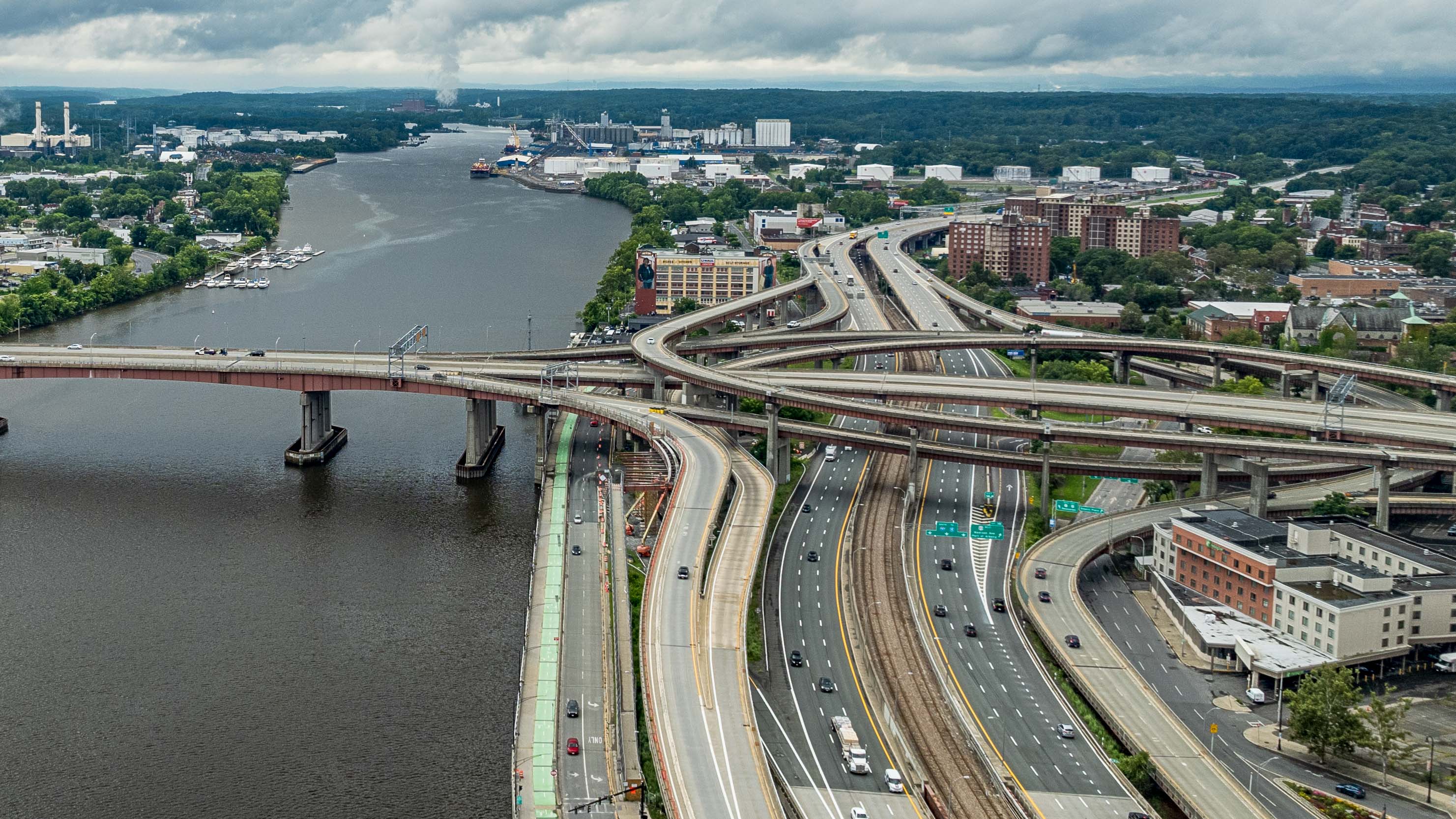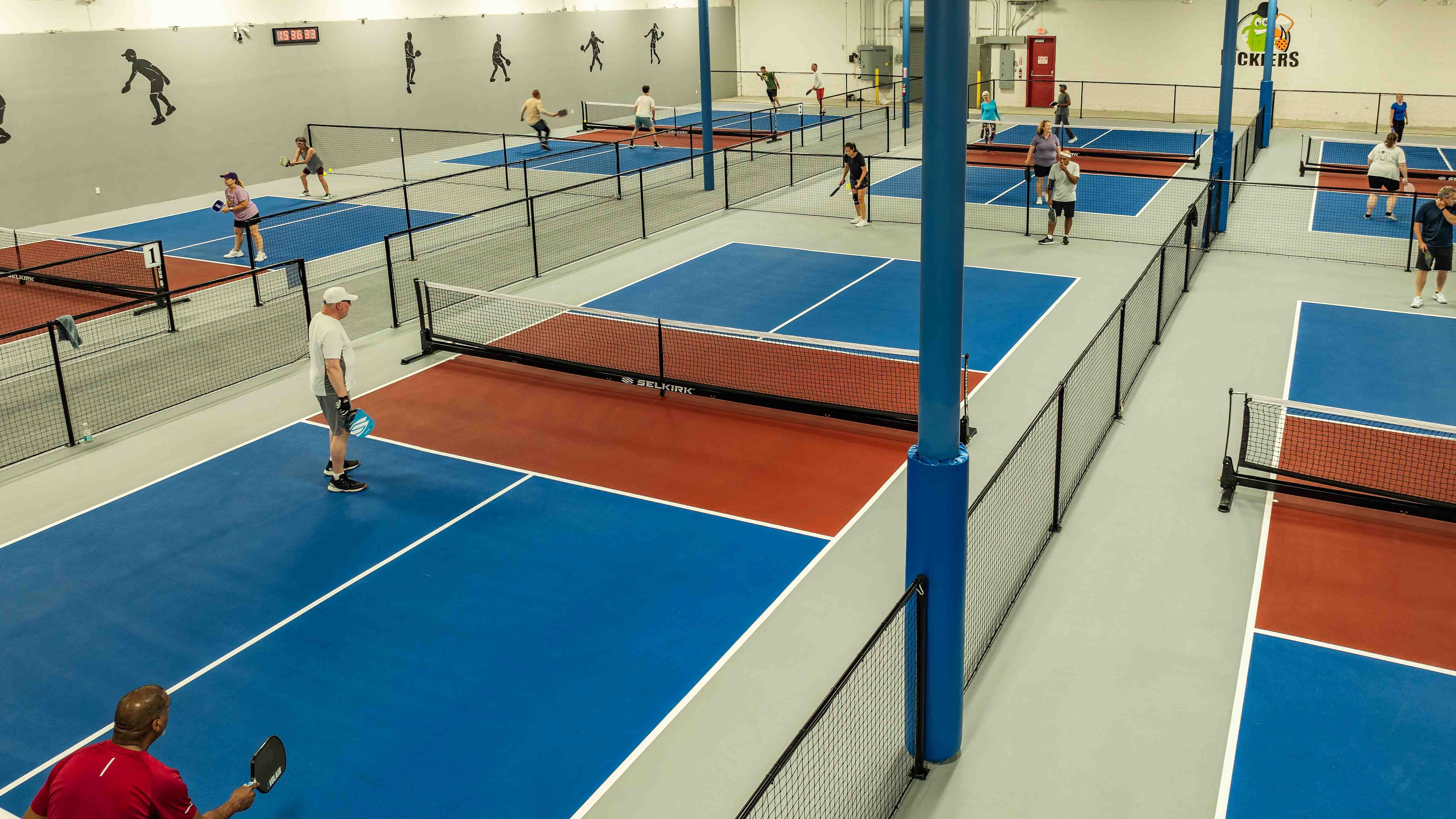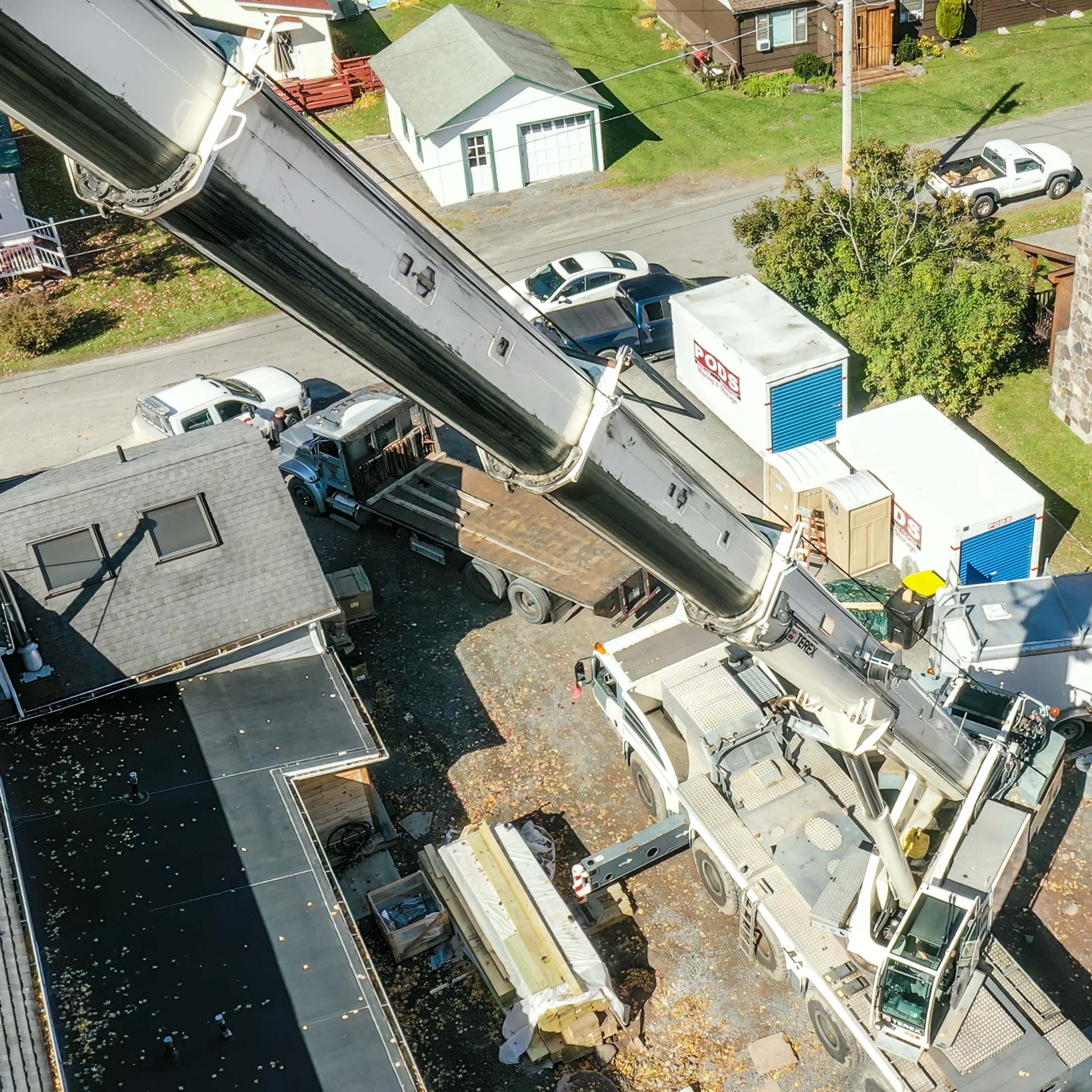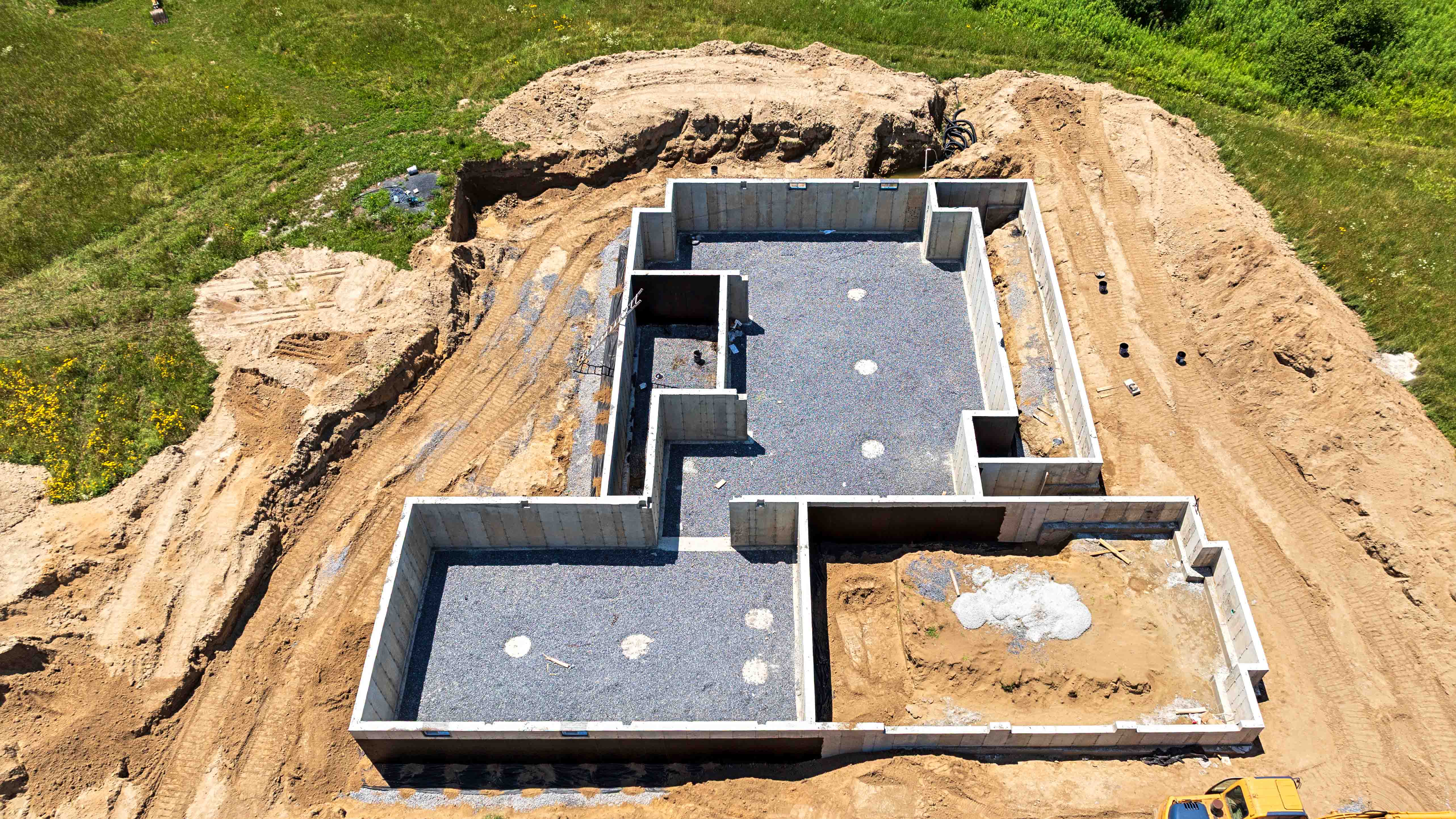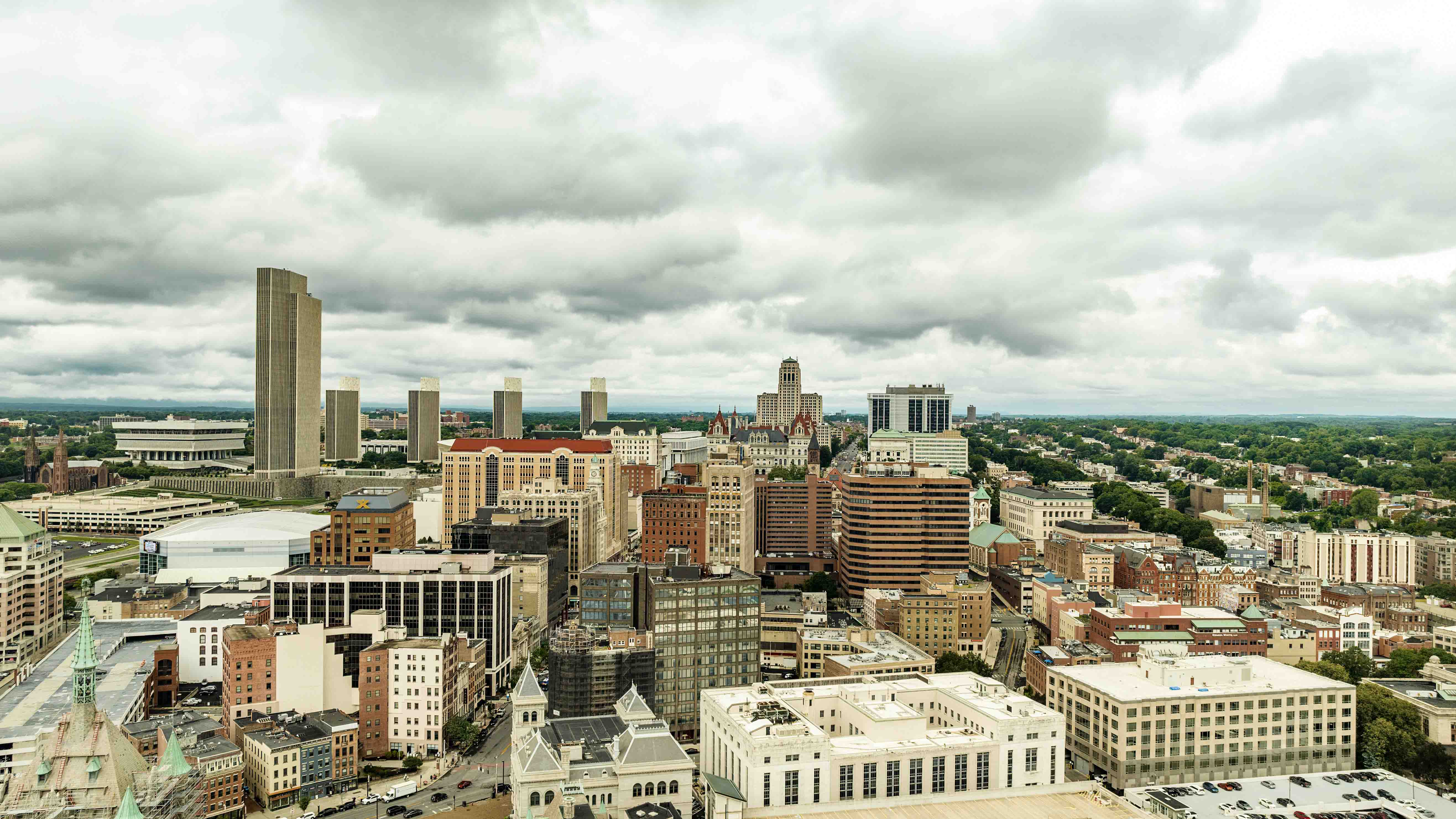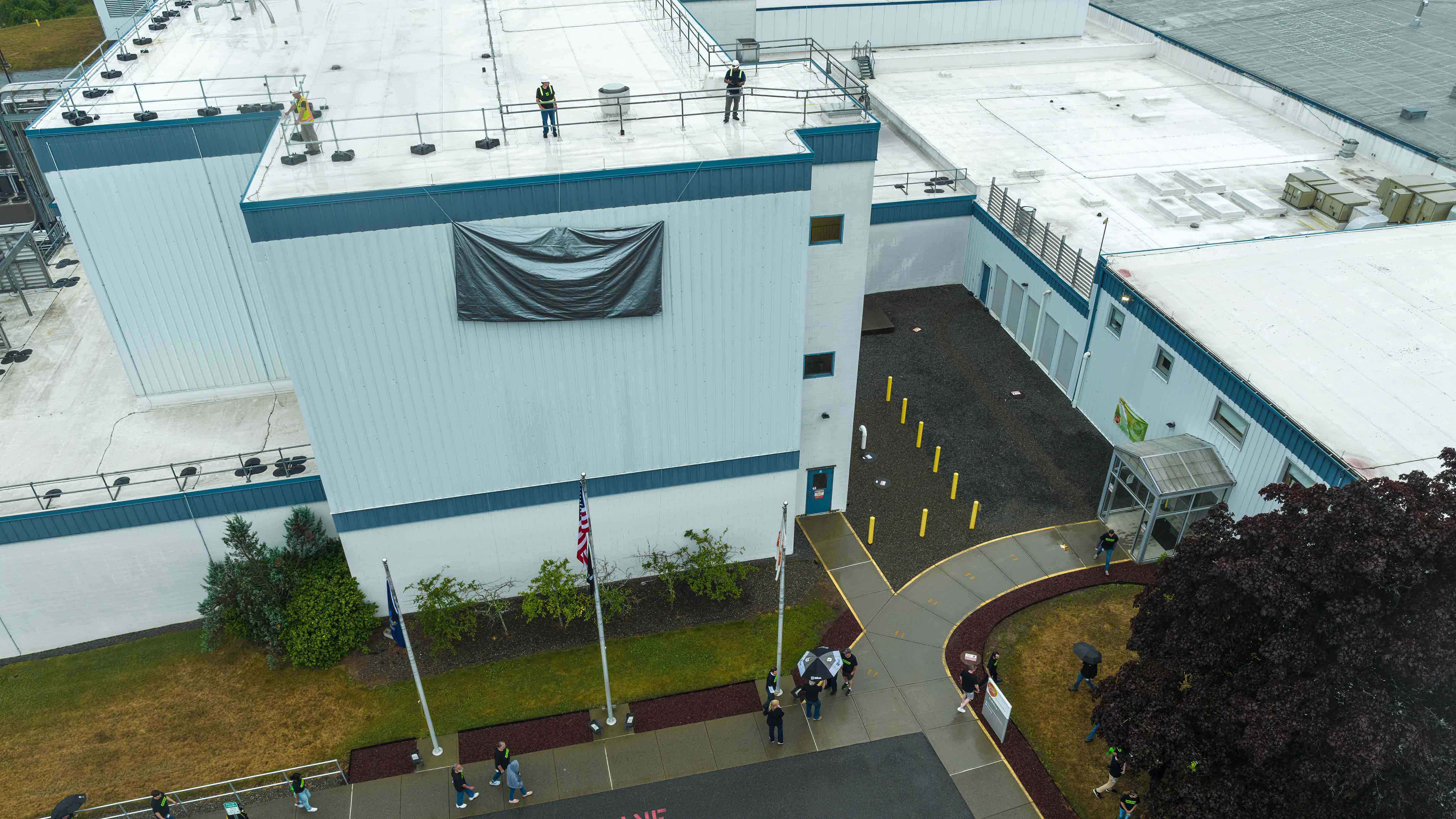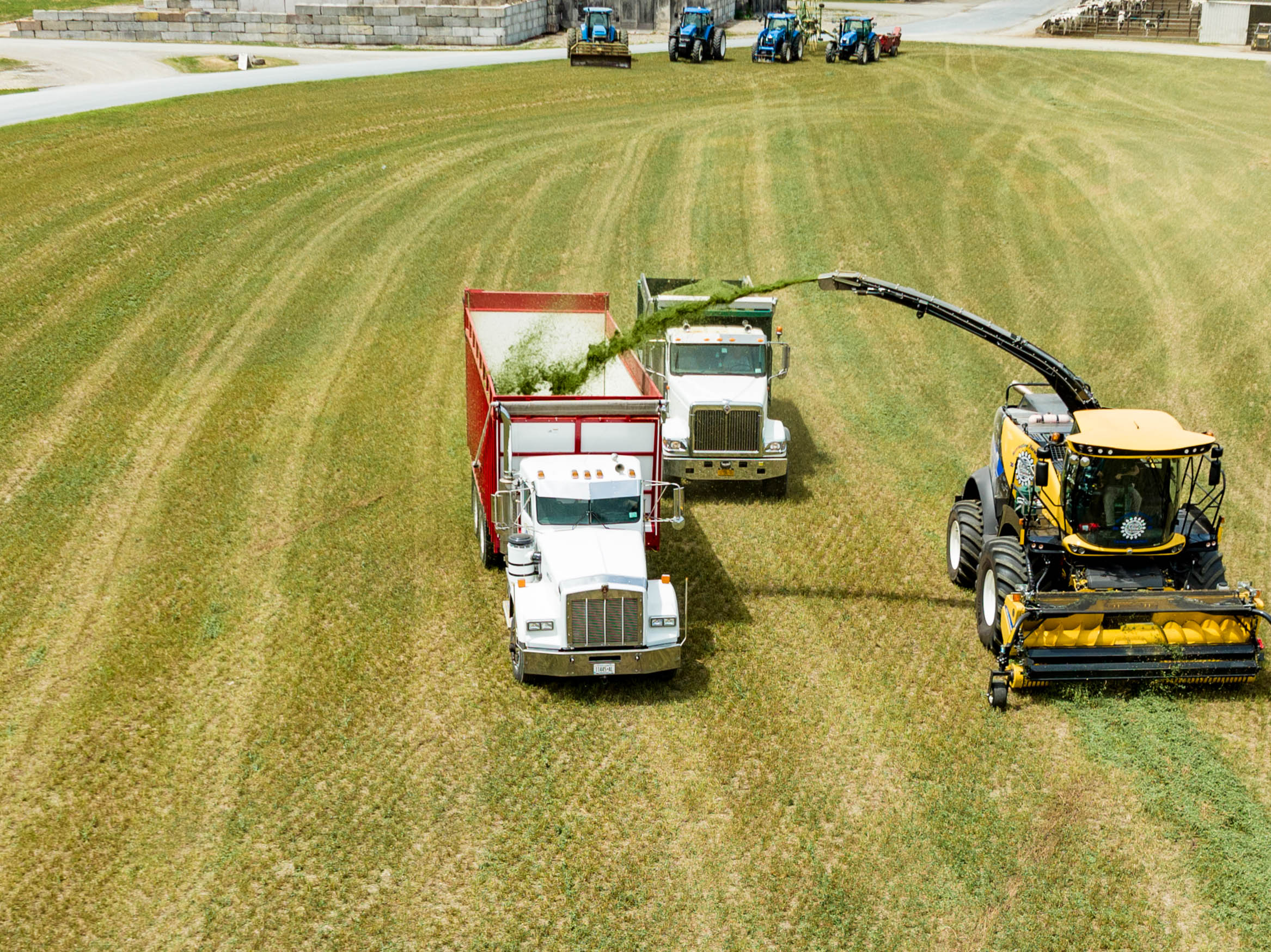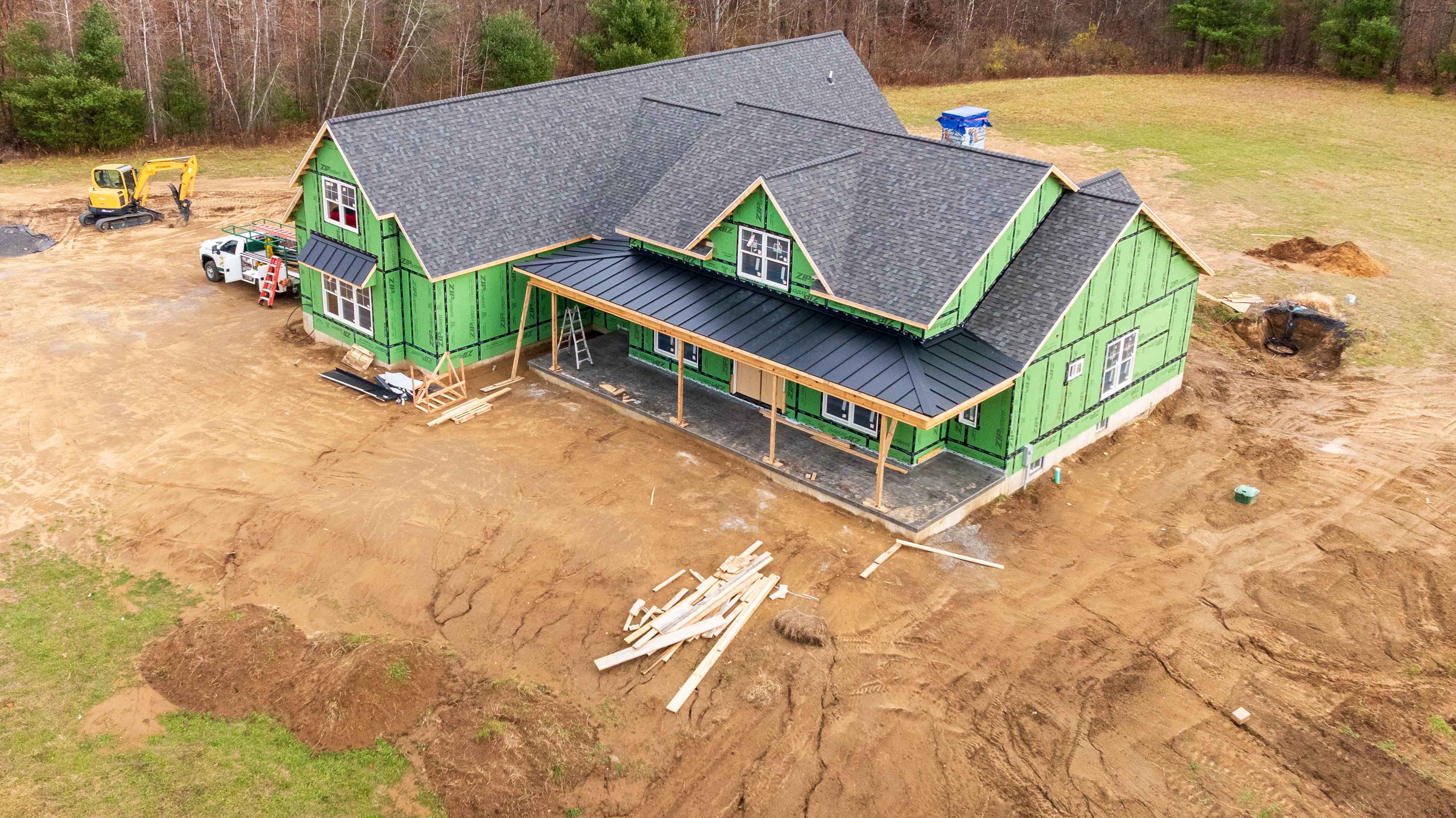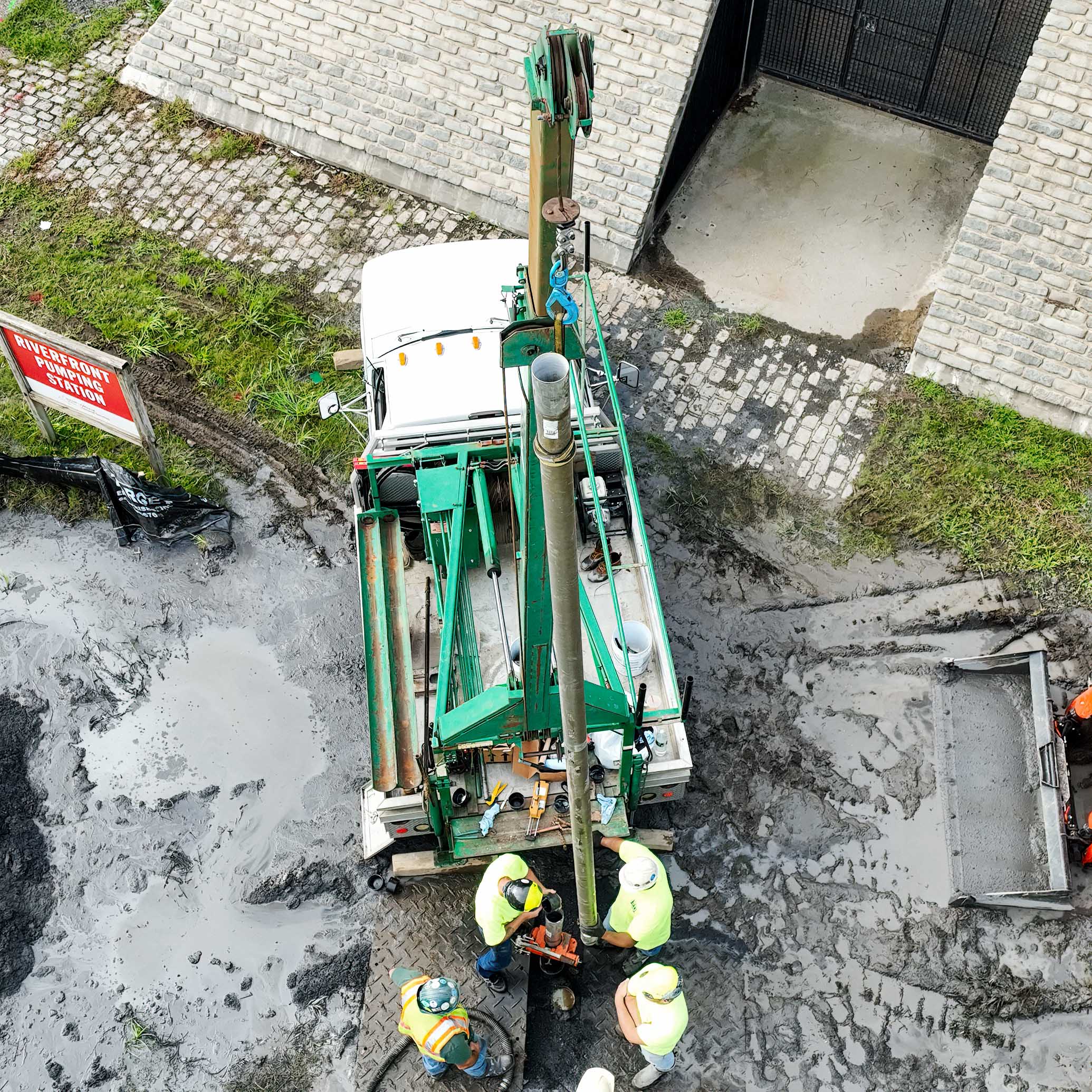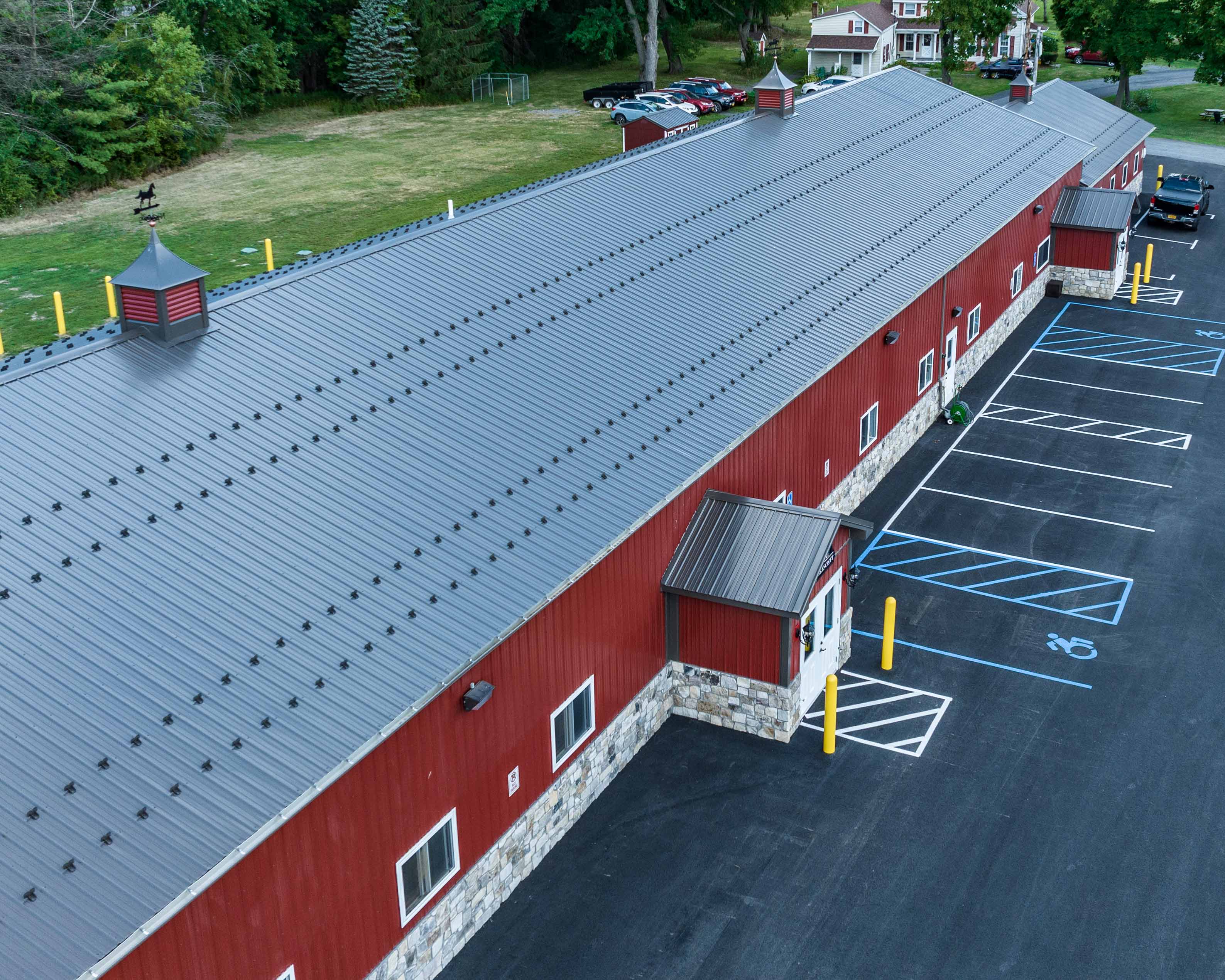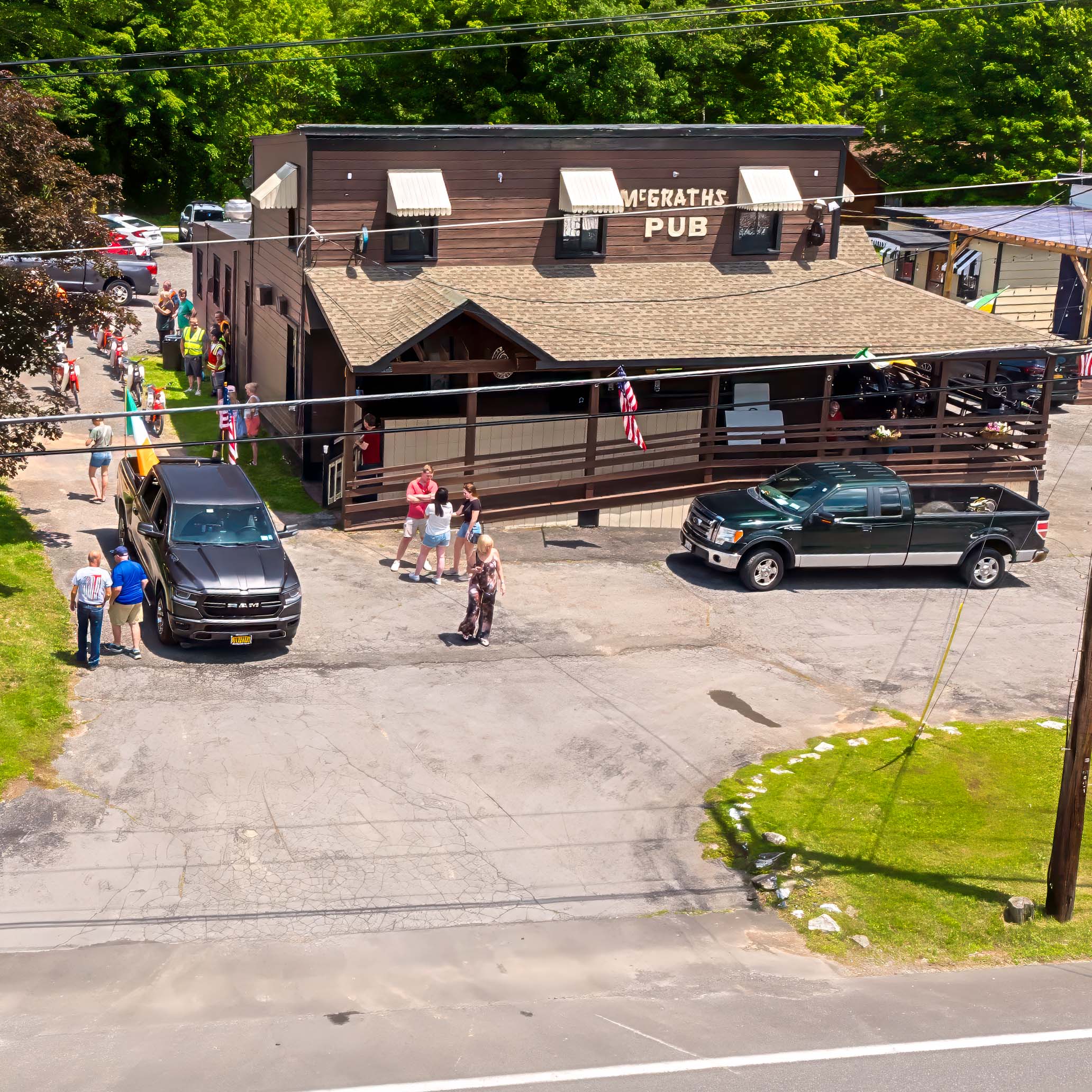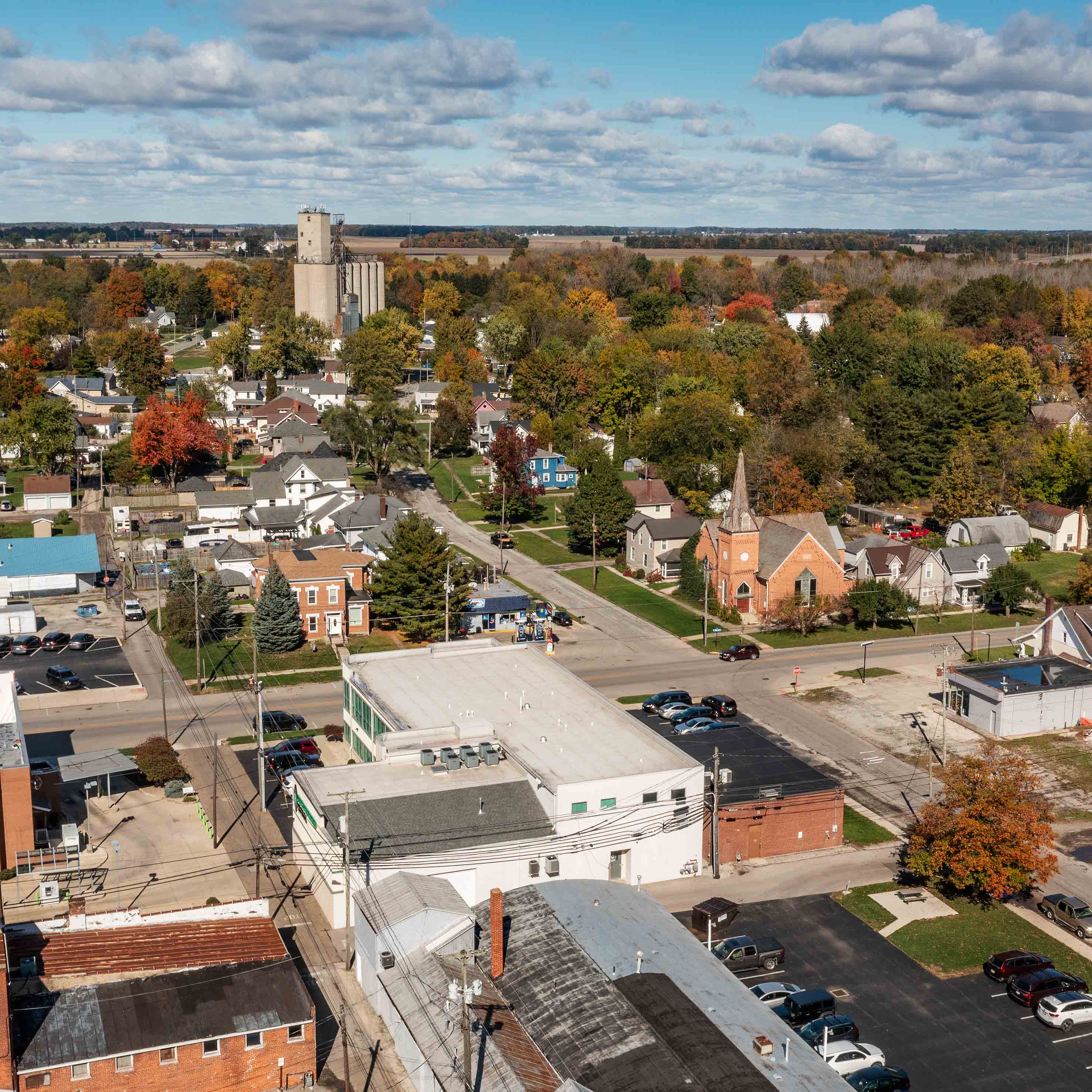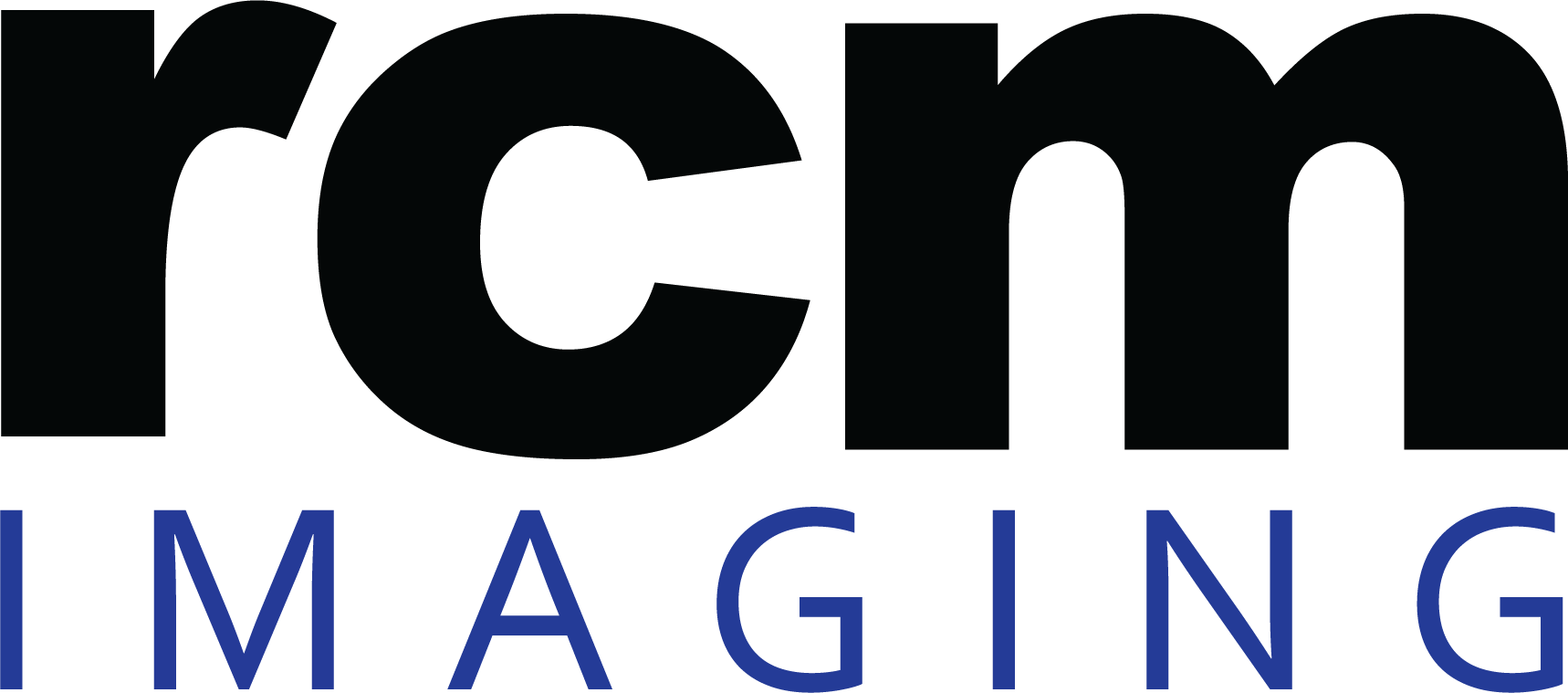
Examples of Some Drone/UAV Work by rcm Imaging
We have over 9 years of experience with drone platform imagery in both the private and commercial sectors.
Thinking about Using a Drone / UAV Platform for Photography or Videograghy?
Some Considerations:
Purpose of the photographs or video? The purpose of the imagery can impact just about every aspect of the UAV’s flight, including altitude(s) required, length of flight, and focus for each image or video clip. Make sure to clearly communicate these needs at the outset of the planning process to the person who will be the drone operator for your shoot.
Weather? Weather conditions can stop or prevent a drone flight. Keep in mind that the wind speeds – including gusts, can cause a “no-go” situation for the flight. Note that wind speeds and gusts often vary at different altitudes.; winds gusts at 50 feet can be very different from ground level – especially if there are buildings around.
Location of the Proposed Flight? The location of the flight impacts drone flights. There are many locations with flight restrictions (issued by the FAA) or take-off and landing ground restrictions by federal, state, or local governments or the property owner. Flight restrictions are related to different airspaces, including altitudes. In non-restricted areas, drones cannot be flown above 400 feet, and they cannot typically be operated over designated critical infrastructure. The drone operator must be aware of the specific planned flight at the beginning of the planning so that the site can be cleared.
Do You Need an FAA Remote Pilot (Part 107) Certificate? The FAA regulations pertaining to civilian UAS/UAV/Drone operations in the USA have continued to evolve. Other than certain public safety agency operations, in the USA, there are basically two categories of drone operators: those that are engaged in purely recreational activities and the rest of us.
- According to the FAA:
- Recreational or hobby UAS or drone use is flying for enjoyment and not for work, business purposes, or for compensation or hire.
- Congress created the Exception for Limited Recreational Operations of Unmanned Aircraft to allow those flying drones purely for fun or personal enjoyment to operate without complying with Part 107. People flying under this Exception are required to comply will all rules for recreational flyers.
- Note: Non-recreational drone flying includes things like taking photos to help sell a property or service, roof inspections, or taking pictures of a high school football game for the school's website. Goodwill can also be considered non-recreational. This would include things like volunteering to use your drone to survey coastlines on behalf of a non-profit organization.
- BUT, if you hire smoeone to operate a drone for you - even if the use is personal and not-for-business, that drone operator must hold an FAA Part 107 Remote Operator certificate for the flight s/he makes for you is commercial.
© 2022-2025 rcm Imaging All rights reserved
